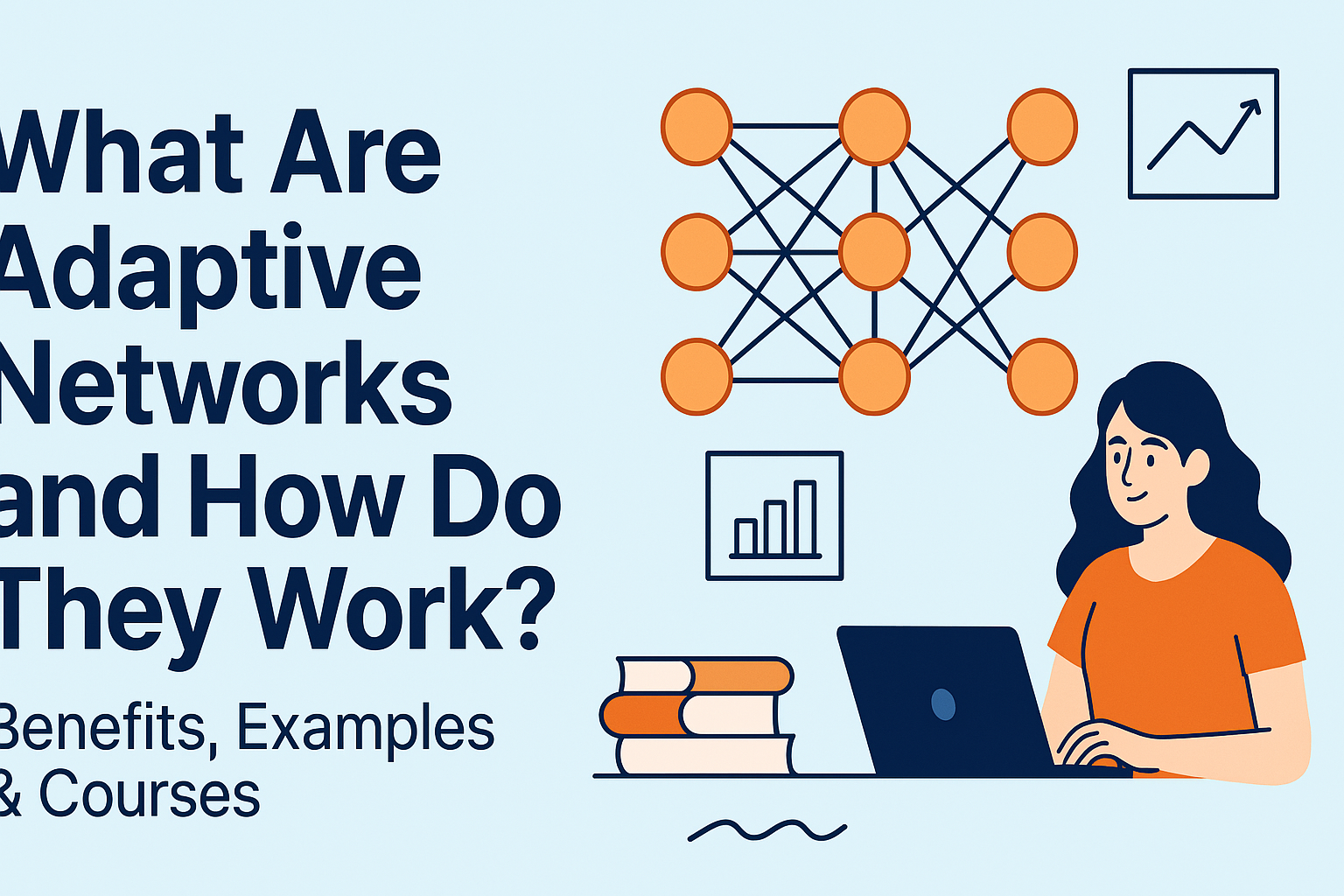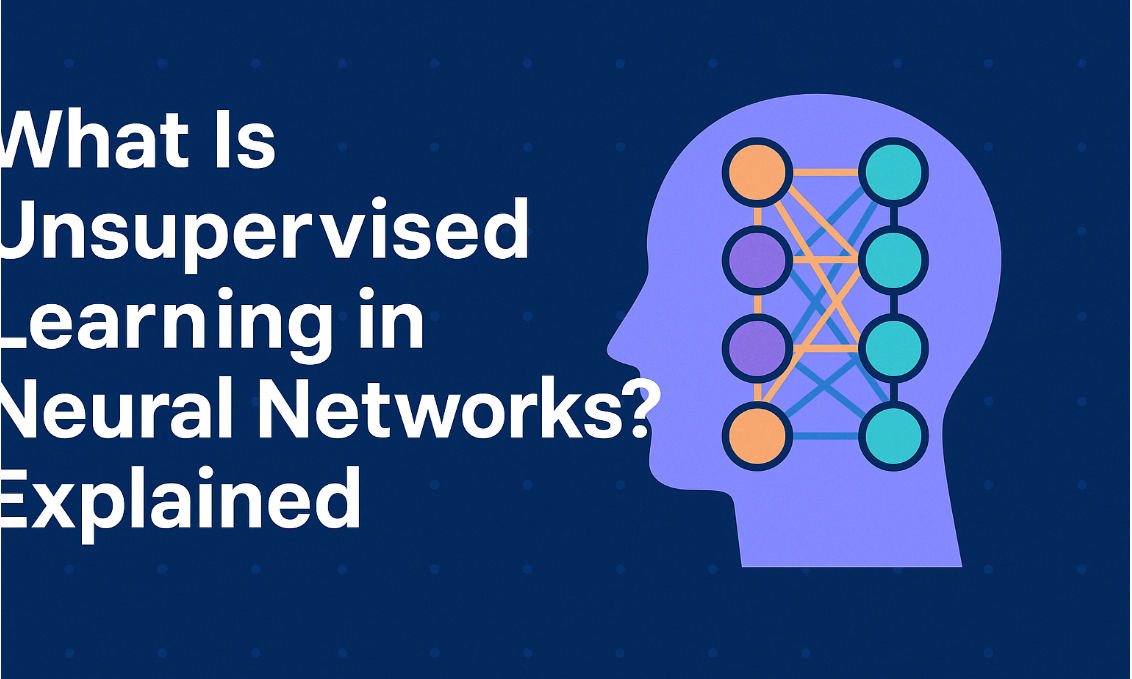
Adaptive Networks: A Comprehensive Guide
Introduction
In the rapidly evolving landscape of technology and communication, adaptive networks have emerged as a pivotal innovation. These networks possess the capability to adjust their parameters and structures in response to environmental changes, ensuring optimal performance and resilience. This article delves into the intricacies of adaptive networks, exploring their history, functionality, advantages, disadvantages, and real-world applications.
Table of Contents
What Are Adaptive Networks?
Adaptive networks are systems designed to modify their structure or parameters in response to environmental changes, ensuring optimal performance and resilience. Unlike static networks, adaptive networks can self-configure, self-monitor, self-heal, and self-optimize, making them highly efficient in dynamic scenarios.
Historical Evolution of Adaptive Networks
The concept of adaptive networks has evolved over decades, influenced by advancements in various fields:
-
Early Developments: The foundation of adaptive systems can be traced back to early control systems and cybernetics, where feedback mechanisms were employed to achieve desired system behaviors.
-
Advancements in Telecommunications: With the growth of telecommunications, the need for networks that could adjust to varying traffic loads and failures became evident, leading to the development of adaptive routing algorithms.
-
Integration with Artificial Intelligence: The incorporation of AI and machine learning has further enhanced the adaptability of networks, allowing for predictive adjustments and automated optimizations.
How Do Adaptive Networks Work?
Adaptive networks operate by continuously monitoring their environment and making real-time adjustments to maintain optimal performance. This involves:
-
Data Collection: Gathering real-time data on network performance, traffic patterns, and potential faults.
-
Analysis and Decision-Making: Utilizing algorithms to analyze collected data and determine necessary adjustments.SpringerLink+8ERIC+8Pop Center+8
-
Implementation: Executing changes such as rerouting traffic, adjusting bandwidth allocation, or activating backup systems.
-
Feedback Loop: Continuously assessing the impact of adjustments and refining strategies accordingly.
Real-World Examples of Adaptive Networks
-
Telecommunications: Modern telecom networks employ adaptive routing to manage data traffic efficiently, ensuring minimal latency and high reliability.
-
Energy Grids: Smart grids adjust electricity distribution based on consumption patterns and generation capacity, enhancing efficiency and preventing overloads.
-
Transportation Systems: Adaptive traffic control systems modify signal timings based on real-time traffic conditions, reducing congestion and improving flow.
Advantages of Adaptive Networks
-
Enhanced Efficiency: Optimal resource utilization leads to improved performance and reduced operational costs.
-
Resilience: Ability to self-heal by identifying and mitigating faults, ensuring continuous operation.
-
Scalability: Easily accommodates growth and evolving demands without significant overhauls.Orhan Ergun IT Training+4GeeksforGeeks+4All About AI+4
-
Flexibility: Capable of adjusting to diverse scenarios and requirements, making them suitable for various applications.
Disadvantages of Adaptive Networks
-
Complexity: Designing and managing adaptive networks require sophisticated algorithms and expertise.
-
Cost: Initial setup and maintenance can be expensive due to the need for advanced technologies and skilled personnel.
-
Security Concerns: Dynamic adjustments may introduce vulnerabilities if not properly managed and secured.
Courses and Learning Resources on Adaptive Networks
For those interested in delving deeper into adaptive networks, several educational resources are available:
-
Adaptive Systems Laboratory (ASL) Courses: Offers courses on adaptation and learning, covering topics like distributed sensing and machine learning applications.asl.epfl.ch
-
Online Platforms: Websites like Coursera, edX, and Udemy provide courses on network dynamics, adaptive systems, and related fields.International Journal of the Commons+2SpringerLink+2ERIC+2
Adaptive Networks vs. Traditional Networks
| Feature | Adaptive Networks | Traditional Networks |
|---|---|---|
| Flexibility | Dynamically adjust to changing conditions | Static configurations requiring manual adjustments |
| Performance | Optimized resource utilization and efficiency | Potential inefficiencies due to lack of adaptability |
| Resilience | Self-healing capabilities enhance robustness | Susceptible to failures without automatic recovery mechanisms |
| Complexity | Higher due to advanced algorithms and dynamic configurations | Lower, with simpler, static setups |
| Cost | Increased initial and maintenance costs | Generally lower costs but may incur expenses for manual interventions |
Problem-Solving with Adaptive Networks: A Case Study
Scenario: A large-scale manufacturing company faced frequent production halts due to network congestion and equipment failures, leading to significant financial losses.
Solution: The company implemented an adaptive network system that monitored real-time data from production lines and adjusted network parameters to reroute data traffic, prioritize critical operations, and predict potential equipment failures.
Outcome: The adaptive network reduced production downtimes by 40%, improved overall efficiency, and provided predictive maintenance alerts, allowing the company to address issues before they escalated.
✅ FAQs
What are adaptive networks?
Adaptive networks are intelligent systems that automatically modify their parameters or structure in response to environmental changes, ensuring optimal performance and resilience without manual intervention.
How do adaptive networks work?
They use continuous monitoring, data analysis, and self-adjusting algorithms to adapt routing paths, resources, or network configurations based on real-time conditions.
What are the advantages of adaptive networks?
Advantages include improved efficiency, self-healing capabilities, flexibility, scalability, and reduced downtime in various industries like telecom, energy, and manufacturing.
What are some real-world examples of adaptive networks?
Examples include smart grids, adaptive traffic control systems, cloud infrastructure, and modern telecom networks that dynamically adjust bandwidth and routing.
How are adaptive networks different from traditional networks?
Unlike traditional networks that require manual adjustments, adaptive networks are self-configuring and responsive to real-time changes, offering higher performance and reliability.
Are there any online courses to learn adaptive networks?
Yes! Platforms like Coursera, Udemy, and edX offer courses on adaptive systems, machine learning, and dynamic network models tailored to real-world applications.
What are the disadvantages of adaptive networks?
Key disadvantages include high implementation costs, complexity, and potential cybersecurity risks due to their dynamic nature.
Can adaptive networks be used in AI applications?
Absolutely. Adaptive networks form the foundation of many AI-driven solutions where systems must learn and respond to changing data environments dynamically.
✅ Comment Section Prompt for Readers
We’d love to hear from you!
Have you worked with or studied adaptive networks? What are your thoughts on their impact on future technologies? Share your insights, questions, or feedback in the comments below — your opinion matters!








